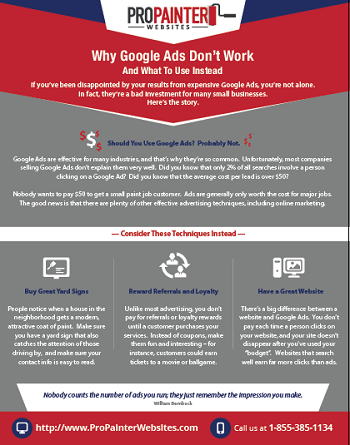Check Out The Duty Of Seasonal Factors In The Success Of Industrial Outside Painting And Discover The Best Times To Secure Lasting Results For Your Job
Check Out The Duty Of Seasonal Factors In The Success Of Industrial Outside Painting And Discover The Best Times To Secure Lasting Results For Your Job
Blog Article
Authored By-Fox Rodriquez
When you're planning an industrial external painting project, seasonal variables can make or damage your outcomes. You'll intend to consider just how temperature and humidity influence paint application and drying times. Choosing the ideal period can ensure your paint adheres appropriately and lasts much longer. However which periods are genuinely the most effective for this type of work? Let's check out the key elements that can affect your task's success.
The Impact of Temperature Level on Paint Application
When you're preparing a commercial external painting task, the temperature can significantly impact how well the paint sticks and dries out.
Preferably, you wish to repaint when temperature levels range in between 50 ° F and 85 ° F. If it's too chilly, the paint may not cure effectively, resulting in problems like peeling or cracking.
On the flip side, if it's also warm, the paint can dry also swiftly, avoiding proper adhesion and resulting in an irregular finish.
You should additionally think about the moment of day; early morning or late afternoon supplies cooler temperature levels, which can be much more beneficial.
Always check the maker's recommendations for the specific paint you're using, as they typically offer advice on the optimal temperature variety for optimal results.
Humidity and Its Effect on Drying Times
Temperature level isn't the only environmental variable that influences your business exterior paint project; moisture plays a significant role also. High humidity degrees can reduce drying out times substantially, impacting the overall high quality of your paint work.
When the air is filled with wetness, the paint takes longer to heal, which can bring about issues like bad adhesion and a greater danger of mold growth. If painting house exterior on a specifically moist day, be prepared for extended delay times between layers.
It's vital to check local weather conditions and strategy as necessary. Ideally, go for moisture levels in between 40% and 70% for ideal drying out.
Keeping these factors in mind ensures your project remains on track and supplies an enduring finish.
Best Seasons for Commercial Outside Paint Projects
What's the very best time of year for your business outside painting projects?
painters for hire minneapolis and very early autumn are generally your best bets. During these seasons, temperature levels are mild, and moisture degrees are often lower, creating excellent problems for paint application and drying out.
Prevent summer season's intense heat, which can trigger paint to completely dry too quickly, causing inadequate bond and coating. Likewise, winter months's cold temperature levels can prevent proper drying out and treating, running the risk of the longevity of your paint work.
Go for days with temperature levels in between 50 ° F and 85 ° F for optimal results. Keep in house painters in my area to check the regional weather forecast for rainfall, as wet problems can spoil your task.
Planning around these aspects ensures your paint job runs efficiently and lasts much longer.
Final thought
Finally, preparing your industrial outside paint jobs around seasonal considerations can make a substantial difference in the result. By organizing work throughout the optimal temperatures and humidity degrees, you'll ensure much better bond and drying times. Remember to watch on local weather report and pick the correct time of year-- spring and very early fall are your best choices. Taking these steps will aid you achieve a sturdy and specialist coating that lasts.
